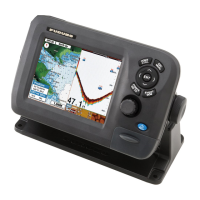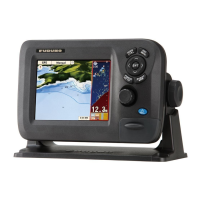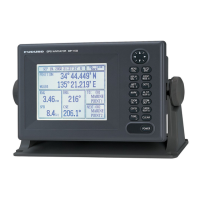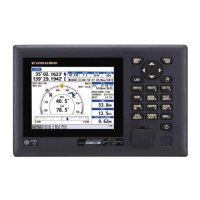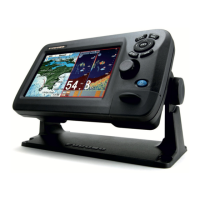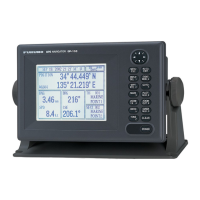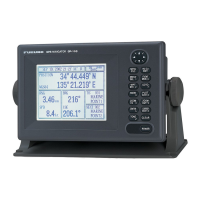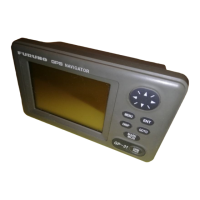What to do if Furuno Plotter position is not fixed within 90 seconds?
- MMichael SantanaJul 30, 2025
If your Furuno Plotter isn't fixing its position within 90 seconds, ensure the antenna connector is securely fastened. Also, check the number of satellites received on the GPS Status Display. Finally, verify that [POSITION&SOG/COG] in the [SELECT INPUT DEVICE] menu within the [INTERFACE] menu is configured to [Internal GPS].
